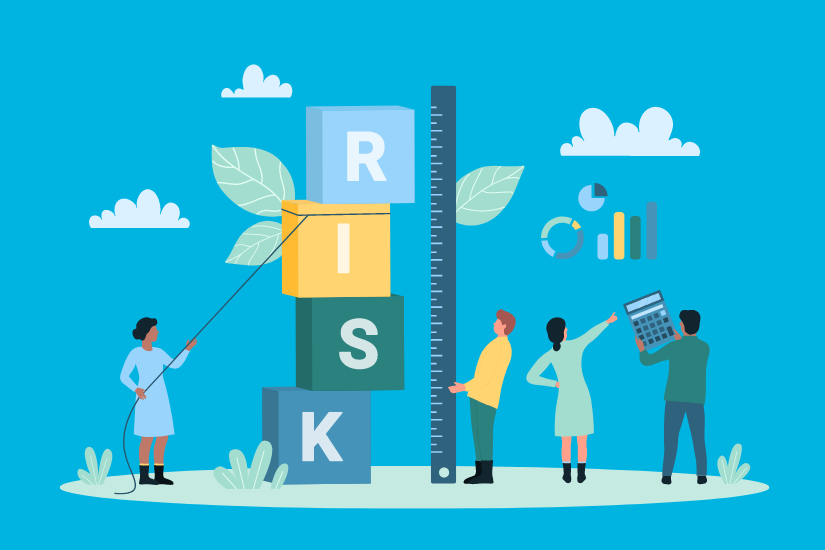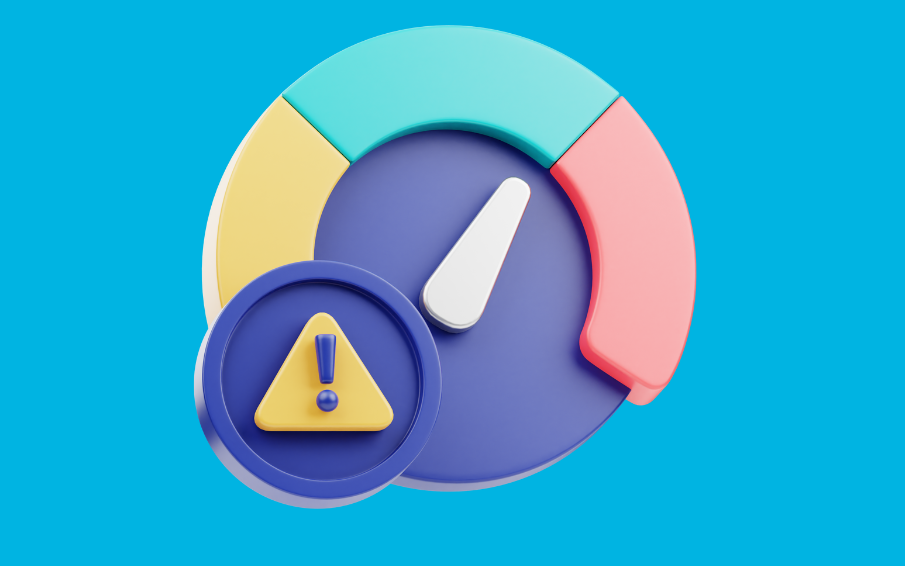More risk managers are considering quantitative risk analysis, but what does it involve?
Risk managers are increasingly keen to put financial figures on risks and consequences. There is also growing pressure from board or executive committee-level to provide more data-based risk analysis. Quantitative risk analysis provides a way for risk managers to give them what they want: advice and analysis backed by firm figures.
Download now [Case Study]: How to see what you don't see – a practical approach
At a recent Risk Leadership Network meeting on quantitative risk analysis, some of our members discussed the various stages their organisations are at when it comes to using this kind of data-led approach, and shared practical advice on how they can advance their use of it.
Quantitative risk analysis techniques enable risk managers to place a percentage likelihood on a company’s ability to hit objectives in the face of specific risks it has identified. As our members have discussed, this kind of analysis can improve enterprise risk management by building data into strategic decision-making efforts. Importantly, backing up your analysis with firm figures in this way can boost buy-in from the top.
Members can enjoy our detailed guidance on exactly how to establish and optimise quantitative risk analysis techniques over on our Intelligence platform, but here we share the main uses for this analysis plus some tips on how to gather the right information at your company to carry it out.
How can quantitative risk analysis (QRA) help you?
1) Stress-testing budgets or strategies
In general, QRA can help to assess the impact of one-off issues and events on budgets and strategy. It was a useful tool during the covid-19 pandemic, for example, because it helped risk managers work out the likelihood that existing strategies and budgets could be achieved under the new circumstances. (Check out more lessons learned from risk managers implementing BCPs during covid-19 here).
From a longer-term perspective, QRA helped risk managers analyse future risks such as ongoing travel restrictions or new lockdowns. Being able to back up assessments with firm numbers helps the board or executive committee make important decisions – if the suggestions you are making are founded in data, they are more likely to listen.
2) Assessing risk appetite/tolerance
More generally, QRA can be linked to a company’s risk appetite. The data can point to the likelihood of certain risks and can present outcomes at various confidence levels to help ensure decisions made on investments or strategy changes, for example, remain within risk appetite. QRA also enables organisations to model expected returns versus risk when considering new investments.
3) Boosting enterprise risk management
QRA can support the enterprise risk management programme. It can be applied to overall risk exposures or even individual risks from the corporate risk register.
Many firms use a standard five-by-five risk matrix showing likelihood and impact, and while this is a good prioritisation tool, QRA provides data-backed detail. Top risks can be deeply analysed to really see potential financial impacts and probability ranges. This is just one of several ways to boost organisational resilience.
4) Project portfolios
QRA can help risk managers analyse a number of projects with different performance levels to ascertain whether to cut specific projects or support them with more investment.
(You may want to read our recent post on how to get risk appetite right for projects.)
So, how can you gather the right information for QRA?
The phrase “garbage in, garbage out” is well-known among data professionals and can also be applied to QRA. So how can risk managers make sure they are using the best data, in order to get the best quantitative analysis?
There are a range of both internal and external sources that can provide the necessary information to feed into a quantitative analysis, including existing information from risk reports, or historic data such as insurance pay-outs or weather patterns. Don’t forget about the wealth of information available within your organisation - whether that’s expertise from people (legal advisors, engineers, geologists) or existing reports (near misses, change programme successes).
When gathering this information, remember that while one-on-one insights from internal experts are helpful, workshops can also be used to draw on a wider pool of valuable expertise and experience from your colleagues.
And when it comes to the results, QRA provides companies with a range of outcomes scored for likelihood. As such, one of the meeting presenters pointed out that the main point to get across to senior managers when presenting QRA results is that it will improve the probability of being closer to correct. When it comes to managing risk, this is a useful way to both assess and present answers to boost enterprise-wide risk management.
Are you an in-house risk manager who could benefit from collaborating with a global network of risk leaders? Talk to us about membership today.
Share this
Related posts you may be interested in

Reporting risks in smarter ways - our Risk Reporting Comparison Tool

Quantitative risk analysis: 5 applications for effective risk management
